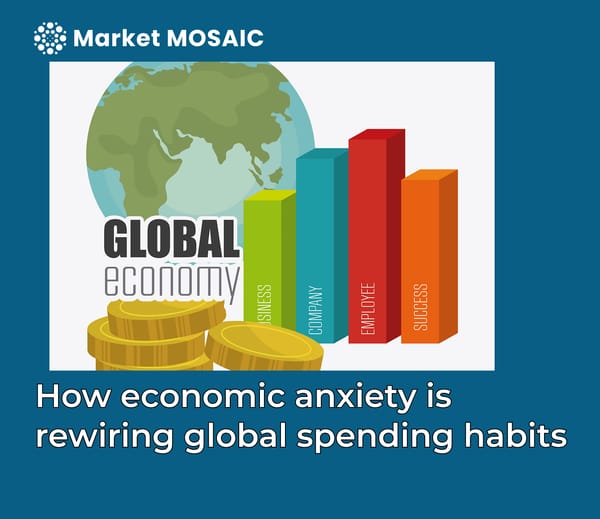Top Data Sources for Competitive Intelligence

In today's hyper-competitive business landscape, having timely insights on what rivals are planning next can be the difference between outmaneuvering them or being outmaneuvered. To stay one step ahead, companies are increasingly turning to competitive intelligence - the practice of systematically gathering and analyzing information about an industry, competitors, and the overall competitive environment.
At the heart of an effective competitive intelligence program is access to relevant and reliable data sources. From public filings to social media rumblings, analysts must learn to navigate the sea of data to extract insights that can shape strategy. Here are some of the top data sources to fuel your competitive intelligence efforts:
Public Sources
A good starting point is information openly published by competitors. This includes details gleamed from:
- Company websites, press releases, and marketing materials
- Annual reports, investor presentations, and SEC filings
- Job listings and recruitment outreach
- Product reviews and customer testimonials
- Patent and trademark filings
While public sources don't reveal the full picture, they offer valuable context on a competitor's positioning, go-to-market motions, geographical focus areas, product roadmaps, and key hires.
Industry Data
Every industry has niche publications, paid reports, and subject matter experts offering insights via:
- Trade publications, journals, and conference materials
- Market research and industry reports from trusted firms
- Quotes, interviews and writings from industry thought leaders
- Professional association webinars and other exclusive content
Leveraging domain expertise in this "walled garden" of industry circles provides an information edge versus relying solely on open web sources.
Social Listening
The growth of social media and online communities offers a goldmine of unstructured data to analyze. Social listening tools capture the voice of customers, employees, and competitors through channels like:
- Twitter, Facebook, LinkedIn, Reddit and niche forums
- User reviews on sites like G2, Capterra, TrustRadius
- General web commentary, including personal/professional blogs
Mining this social sphere using techniques like natural language processing can detect signals of strategic shifts or product development long before it hits the press.
Customer Data
A company's own customer base represents a valuable source of competitive intelligence, including:
- VoC and NPS data capturing opinions on competitors
- Sales team insights on triggers for churn or preference shifts
- Customer support ticket trends and recurring complaints
- Win/loss details on opportunities that were pursued
Staying in tune with the voice and experience of your customers provides a direct window into how competitors are being perceived in the market.
Third-Party Data
Lastly, an array of third-party vendors compile data packages offering sector-specific competitive insights gleaned via proprietary methods such as:
- Mobile location data paired with POI intelligence
- Web scraping and indexing of competitor digital properties
- Monitoring of email marketing and promotional campaigns
- Channel checks and supply chain audits with resellers
- Surveys of customer NPS, brand health, and product interest
While pricey, such turnkey data subscriptions can augment gaps in your own in-house intelligence gathering capabilities in a seamless manner.
Effective Competitive Data Strategies
To fully leverage the power of competitive intelligence, it's important to develop a strategic plan that:
- Identifies and prioritizes the most impactful data sources based on your industry, competitors, and decision-making needs.
- Implements requisite tools, systems, and processes to efficiently collect, integrate and curate the data into a unified repository.
- Has mechanisms to analyze the data for insights using techniques like data visualization, predictive modeling, and scenario planning.
- Ensures critical findings are effectively disseminated and actioned across the organization in a timely manner that supports agility.
With the right competitive intelligence data strategy in place, companies can shine a light on areas of competitive threat or opportunity that may otherwise go undetected until it's too late.




